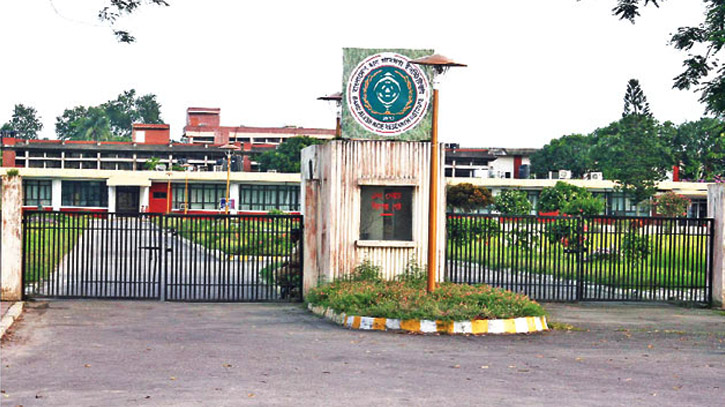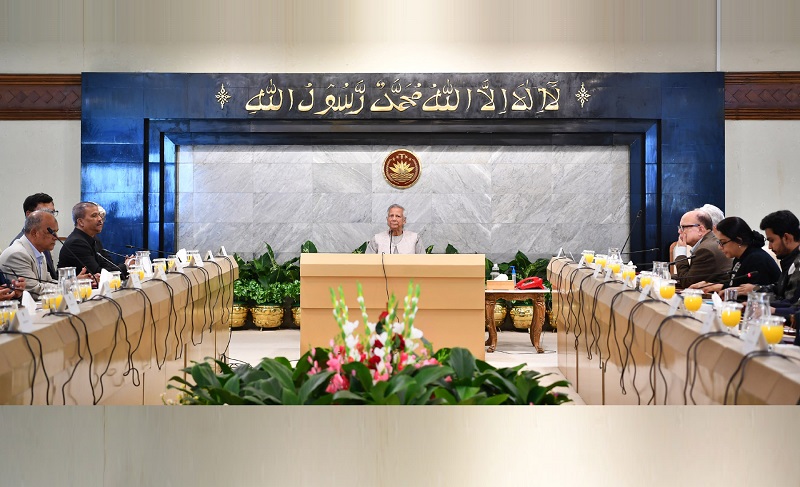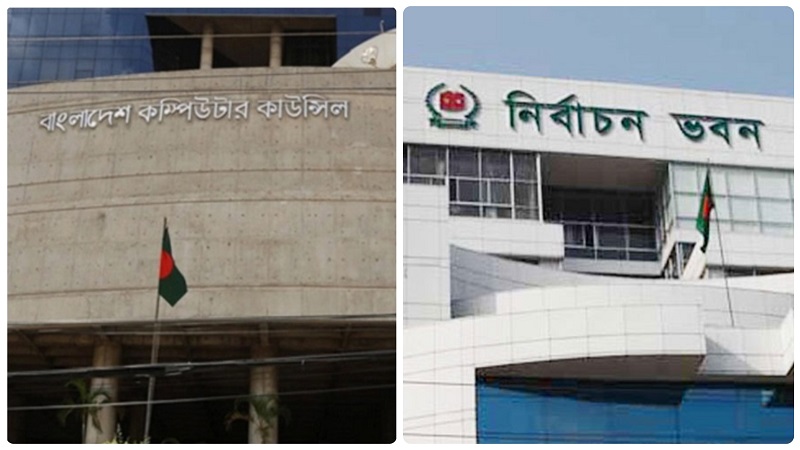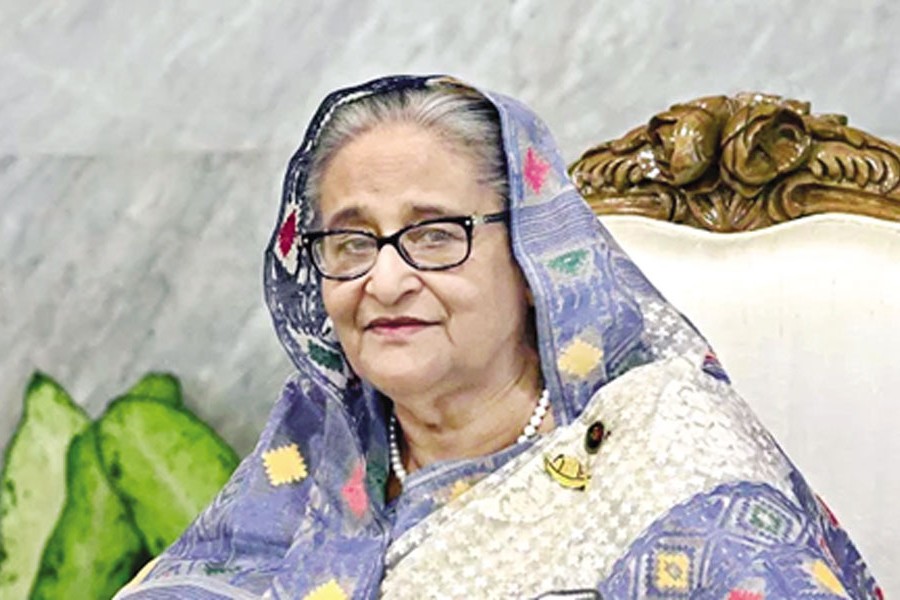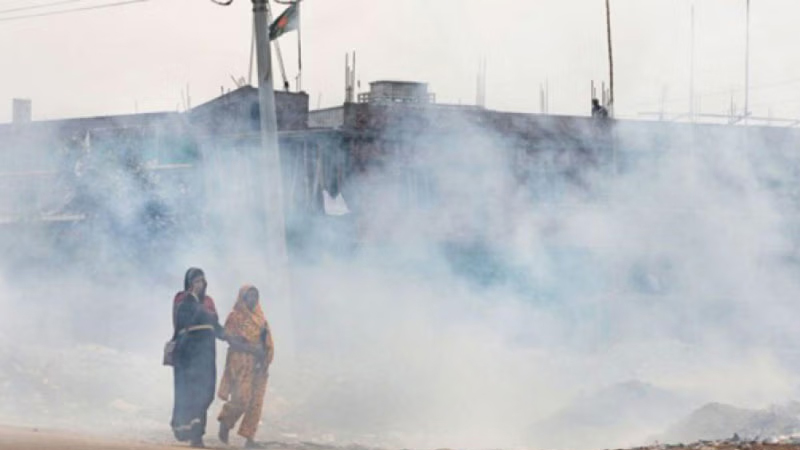BATTLE AGAINST MALNUTRITION
Diversified food and intensive maternity care can reduce malnutrition, which is difficult in a country where population and poverty are high and that is where technology can help massively.
Scientists have chosen rice as the medium to inject micronutrients into the human body as almost all the people of the country eat a good amount of the staple food every day.
Scientists at Bangladesh Rice Research Institute (BRRI) have been working on this since 1995 and till now they developed seven rice varieties, which contain high protein, zinc and iron, by using the technology available to them.
Another variety that contains beta carotene to meet Vitamin A deficiency in the human body is waiting for final approval. This is helping the country gradually reduce malnutrition but it is still high in several regions.
According to Bangladesh National Nutrition Council (BNNC), among children under five, 28 per cent suffer from stunting, 23 per cent from being underweight and 10 per cent from wasting or low weight-for-height.
At least 23 districts have higher stunting and wasting rates among children than the national average while 25 districts have higher underweight rates.
Some 44.2 per cent of children in Sunamganj and 40 per cent in Panchagarh are suffering from stunting. The underweight issue was observed at 38 and 33 per cent in Habiganj and Sylhet, respectively. Bandarban and Lakshmipur have 18 and 16 per cent wasting rates, respectively.
Talking to The Business Post, former BNNC director general Md Khalilur Rahman said, “Malnutrition cannot be eradicated unless deficiencies of micronutrients like zinc, Vitamin A and iron are overcome — which can be done in two ways. Firstly, one needs to eat these nutrient-rich foods. However, not all of us have that financial ability. Secondly, the diet should be varied.”
“I think, if we can add these micronutrients to rice — since it’s the staple food — and give it to the poor through social safety net programmes, nutrition can be ensured for all. Through zinc enriched rice alone, 50-60 per cent requirement of zinc in the human body can be met,” he added.
High in nutrients and productivity
The rice varieties developed by BRRI scientists contain protein between 7.2 and 9.7 per cent and zinc between 19 and 27.6 milligrams per kilogram. One variety contains 10.1 milligrams of iron in addition to high protein and zinc.
Among those varieties, BRRI Dhan 62 and 72 are for Aman season, and BRRI Dhan 64, 74, 84, 102 and Bangabandhu Dhan 100 are for Boro season.
Of these, farmers cultivated five varieties on 1.36 lakh hectares of land and yielded 5.62 lakh tonnes of rice in FY2020-21. Aman varieties are cultivated on 4,968 hectares and Boro on 1.31 lakh hectares.
Around 19,194 tonnes of yield came from the Aman varieties and 5.43 lakh tonnes from the Boro varieties. Per hectare yield was 4.13 tonnes for Boro and 3.86 tonnes for Aman.
The productivity of these Boro varieties is almost the same as the national average of 4.15 tonnes per hectare and the Aman ones’ production is higher than the average of 2.56 tonnes.
Khalilur said, “Zinc builds immunity in a child’s body and works to protect it from any disease. Zinc can reduce the five-seven days’ duration of diarrhoea to two-three days. Zinc also plays an important role in brain and body development.”
He added, “The government should expand the rice varieties with micronutrients in the field level and promote biotechnology more. It should quickly clear the beta carotene-rich rice varieties and it will play an excellent role in advancing the country in terms of health and removing malnutrition.”
The beta carotene-rich variety of golden rice has been cleared by the Agriculture Ministry and is waiting for the green light from the Department of Environment.
Government data shows that around 44 per cent of children and 57 per cent of adult females are suffering from different kinds of diseases linked to zinc deficiency. Moreover, 35 per cent of children suffer from diarrhoea.
More to be done
Habibur Rahaman Chowdhury, the director (Routine Charge) of the Field Service Wing at the Department of Agricultural Extension, told The Business Post that there is a need to improve these varieties.
“The nutritional value of rice does not always remain the same. However, the field-level expansion of any approved rice variety depends mainly on the experience and willingness of the farmers. Agriculture officers generally ensure the facilities at the field level and we are doing that,” he said.
As part of the government’s incentives, Bangladesh Krishi Bank has introduced collateral-free loans for farmers willing to cultivate zinc-enriched paddy.
Khandakar Md Iftekharuddaula, the chief scientific officer and head of the Plant Breeding Division at BRRI, also called for more support in promoting technology, mass awareness and implementation of strict regulations by the Directorate of National Consumers Right Protection.
“More modern research facilities are needed to achieve maximum usefulness. Since we are a government institution, the government needs to come forward,” he said.
To keep rice’s nutritional value intact, he said, “Discarding the rice starch removes the iron as it dissolves in water. In addition, 27 per cent of the total nutrient content goes with rice starch since these micronutrients remain on the surface of the rice.
“Also, millers cut the rice thin to sell it at a higher price. The thinner the rice is cut, the more nutrients it loses.”
According to experts, 70-75 per cent of our daily requirement of carbohydrates, 60-65 per cent of protein, 8 per cent of fat, 5.8 per cent of calcium and 91.6 per cent of phosphorus can come from rice.


